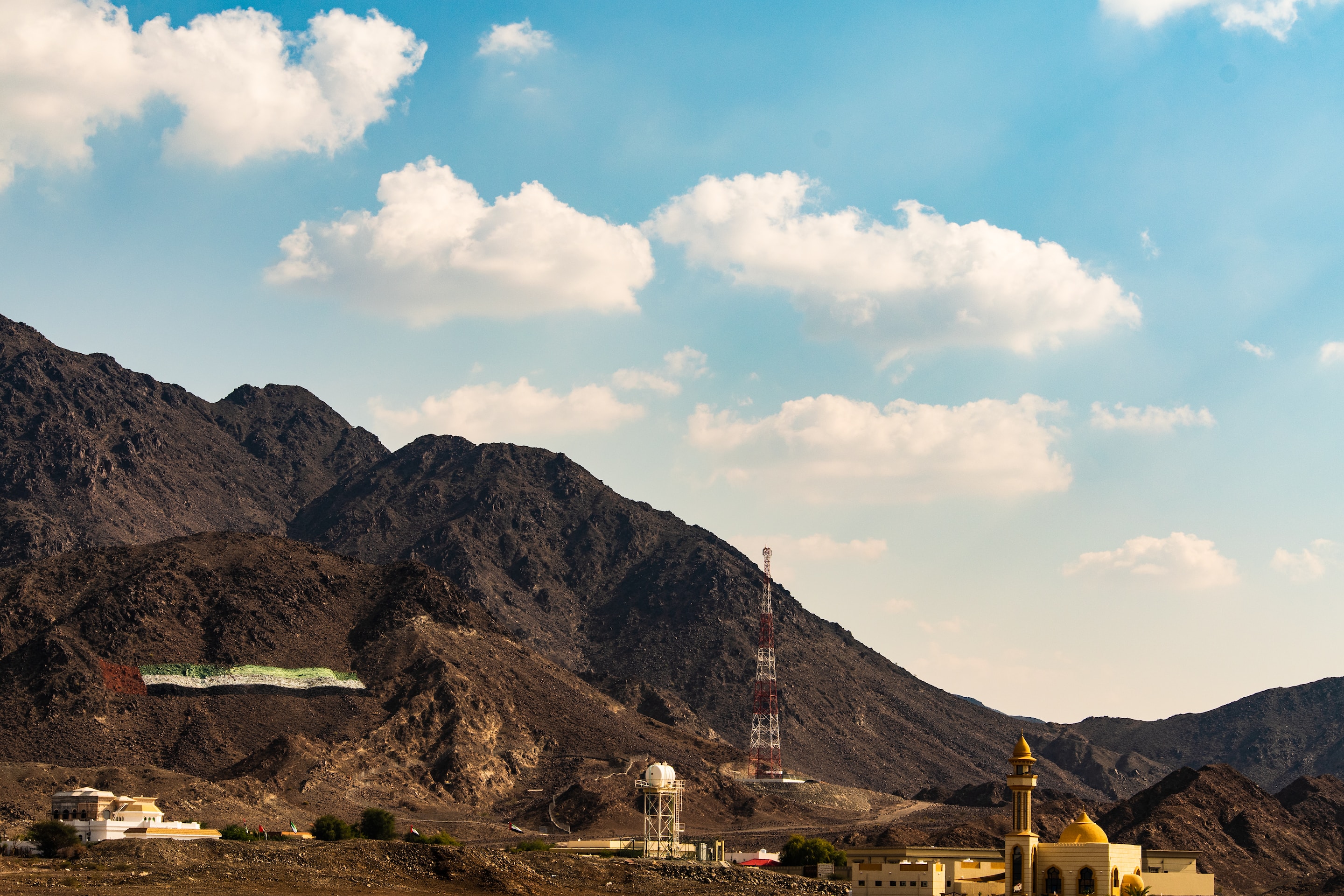A gulf is a geographical formation that refers to a large bay that is either partially enclosed by land or connected to a larger body of water, such as an ocean or sea. Gulfs are characterized by their unique shape and wide expanse, making them significant features of the Earth’s surface.
Formation of Gulfs
Gulfs are primarily formed through various geological processes, including tectonic plate movements and erosion. When two tectonic plates collide or separate, the Earth’s crust can deform, creating a depression that fills with water over time. Erosion caused by rivers or glaciers can also contribute to the formation of gulfs by gradually wearing away the land and creating a large bay.
Types of Gulfs
There are several types of gulfs based on their geographic locations and characteristics:
- Continental Gulf: This type of gulf is located along the coastline of a continent and is often bordered by several countries. The Gulf of Mexico and the Persian Gulf are examples of continental gulfs.
- Medial Gulf: A medial gulf is formed when a body of water extends into the land, surrounded by the mainland on both sides. The Gulf of California, also known as the Sea of Cortez, is an example of a medial gulf.
- Tectonic Gulf: Tectonic gulfs are formed due to the movement of tectonic plates. The Gulf of Aden and the Red Sea are examples of tectonic gulfs created by the separation of the Arabian and African plates.

Importance of Gulfs
Gulfs play a significant role in various aspects, including economic, environmental, and cultural:
- Economic Importance: Many gulfs serve as essential waterways for trade and transportation, allowing ships to access inland areas more easily. They often provide sheltered harbors and ports, facilitating international commerce and economic development. The Persian Gulf, for instance, is a vital route for oil transportation.
- Environmental Significance: Gulfs support diverse marine ecosystems, including coral reefs, mangroves, and seagrass beds. These habitats provide important breeding grounds for various species and contribute to the overall health of the oceans. Protecting and preserving these ecosystems is crucial for maintaining biodiversity.
- Cultural Significance: Many communities and civilizations have formed along the coastlines of gulfs throughout history. These civilizations often rely on the rich resources provided by the gulfs, such as seafood and fertile land for agriculture. Additionally, gulfs often hold cultural and historical significance for indigenous communities.
Gulfs are unique geographical features that contribute to the diverse landscapes of our planet. Serving various purposes, from enabling global trade to supporting fragile ecosystems, gulfs hold significant importance both economically and environmentally. Understanding the formation and characteristics of gulfs provides valuable insights into the dynamic nature of the Earth’s surface.